Find out the best paint for interior walls based on functionality and purpose.
When it comes to choosing interior wall paint, our focus is usually on the shade or finish of wall paints. We rarely go into the details- be it texture or composition. But if you want to choose the best paint for your beloved home, you must understand how one type of paint differs fundamentally from the other. Each type of paint comes with a unique set of function and properties, meant for a specific purpose.
If you’re planning to upgrade the look of your home with a fresh coat of paint, take a look at five different types of paint for interior walls before you commit:
Emulsion paint

Emulsion paints are water-based, making them almost odour-less and the most preferred choice for interior wall paint colours. The paint is quick drying and has a very low level of VOCs (volatile organic compounds). Moreover, emulsion paints are durable and washable so you can easily remove stains using a wet cloth or mild soap solution. It is also available in a variety of finishes like sheen, silk and matte and makes a great choice if you are planning to paint your home walls.
Ideal for: High traffic areas like doorways and hallways and prone to get messy rooms like the kitchen, bathroom, study room and kids’ room.
Enamel paint
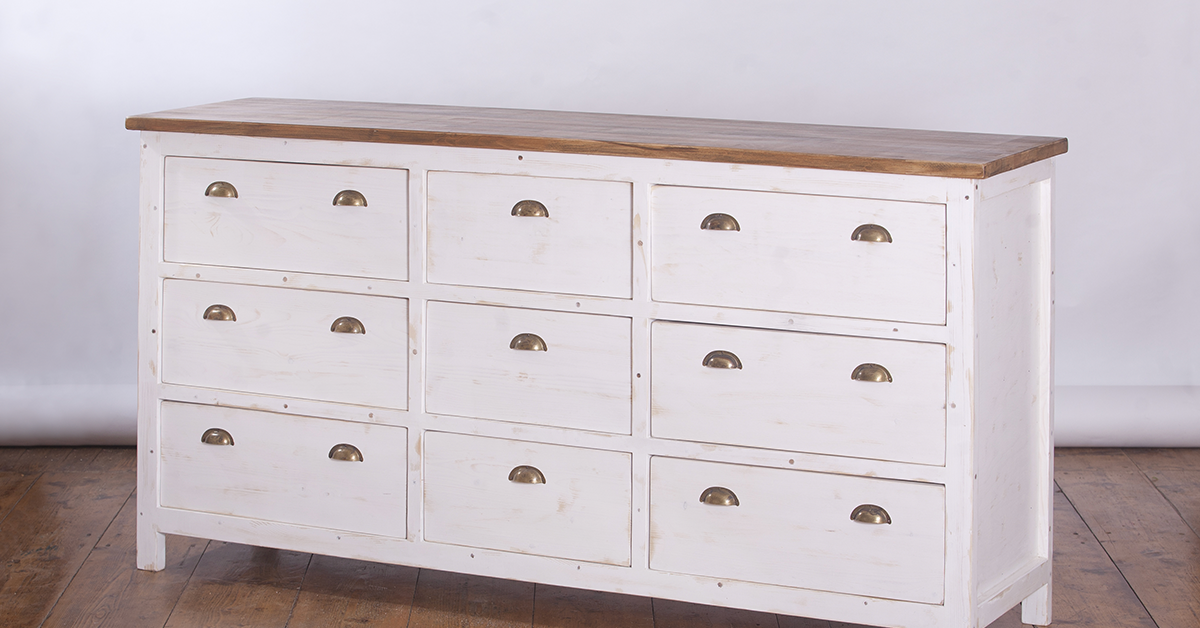
Enamel paint is usually used to coat metallic and wooden finishes/surfaces. It has a hard, glossy and opaque finish. It can also be painted on walls to protect them from tough conditions. For example, for commercial kitchens, enamel paint is a good choice since it is resistant to water, stain and heat. Bathroom doors that are exposed to moisture can also be painted with enamel paint.
Ideal for: All indoor and outdoor wood and metal surfaces.
Textured paint
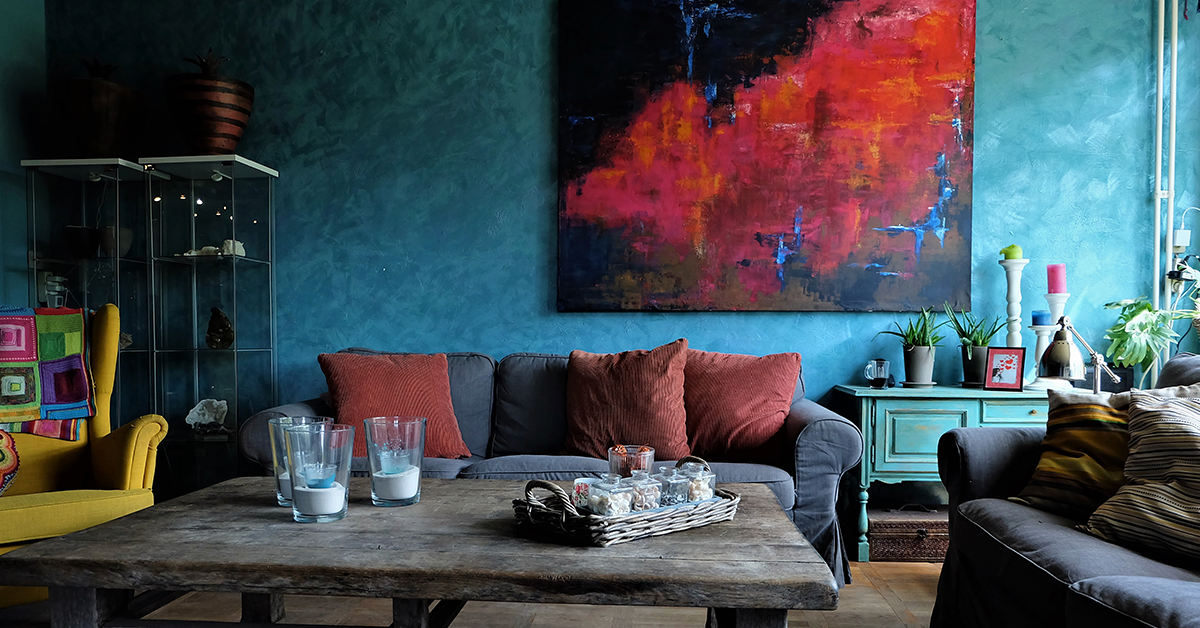
Textured paint offers a great aesthetic value, perfect to create a hint of accent on the walls. It can be used to create special effects on the wall, be it marble, stucco, sand swirl and popcorn texture for interior wall painting designs. This paint is a great way to hide minor flaws and inconsistencies on the walls. Textured paint is difficult to work with and only expert painters can do a good job with it.
Ideal for: Accent walls in any room and walls with minor flaws and inconsistencies.
Distemper paint
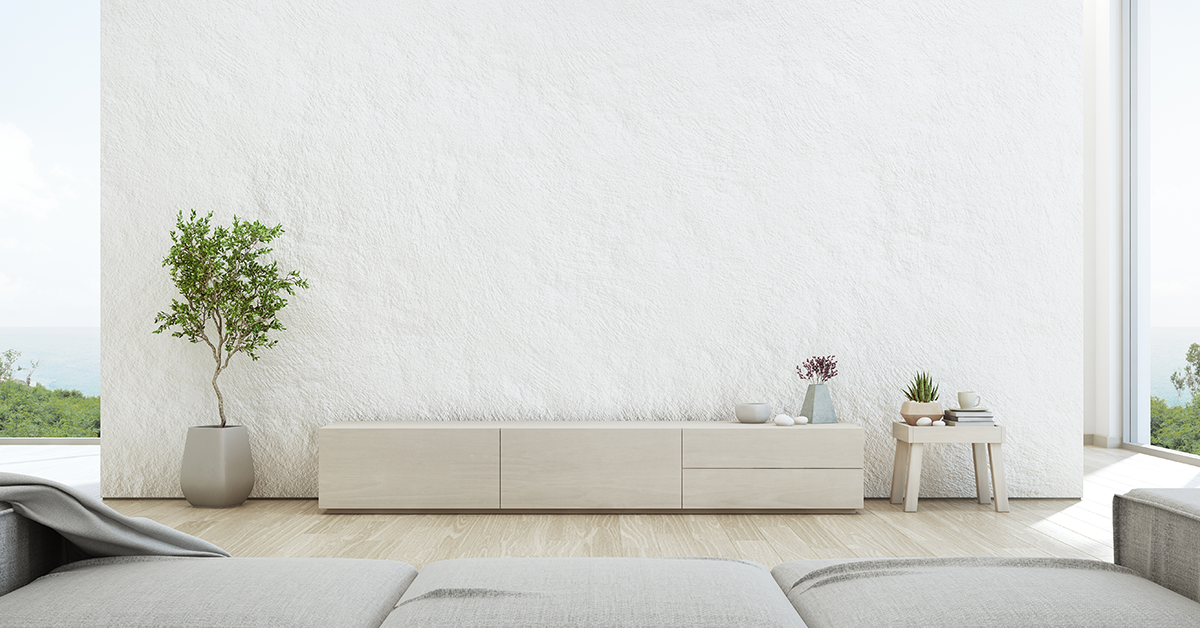
The usage of distemper paint goes way back, as far as ancient Egypt. The paint has however evolved with time and available in different varieties. It is also known as whitewash or cement paint and can be applied directly on the plastered surface without the use of any primer. If applied on the surface before painting, it can help other paints last for a longer period of time. This type of paint does not crack or fade in the presence of sunlight.
Ideal for:
The balcony, terrace and roof and industrial use.
Metallic paint
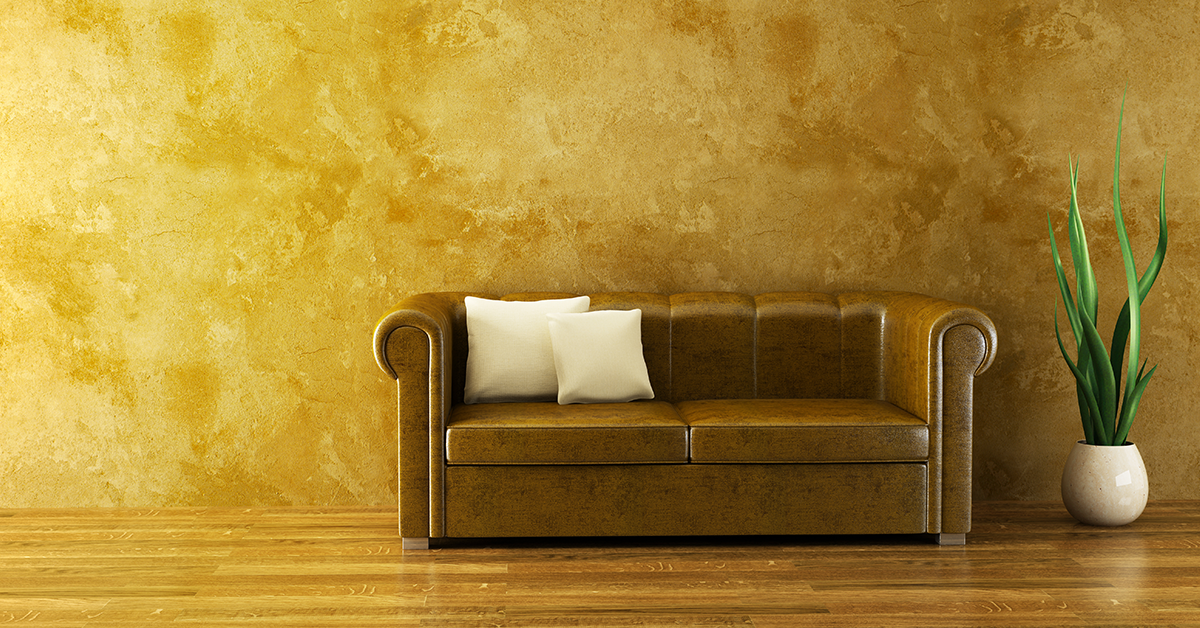
Metallic paint, as the name suggests, contains tiny particles of metal such as bronze, steel, copper or aluminium. It can work as a great alternative to wallpaper for an accent wall, making any room look more luxurious and opulent. Moreover, it can also be used on wooden and metal surfaces to give it a grand makeover. Throw in interesting fixtures and knobs on the furniture and voila!
Ideal for: Accent walls in any room and wooden and metal surfaces.
If you’re feeling inspired to paint your walls, call the experts in home painting for a fast, quick and safe painting experience. To book a consultation, SMS ‘XP’ to 56767.

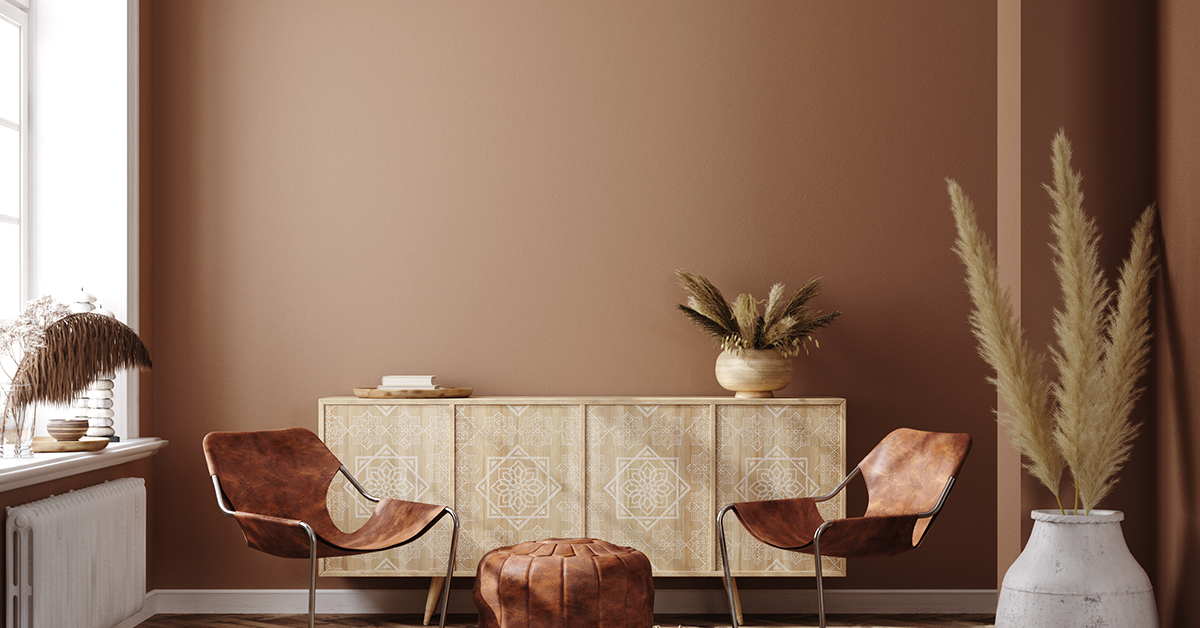
 Get in Touch
Get in Touch

Wow, I never knew that textured paint could make such a huge difference when used correctly. I can really see these kinds of usages being great for any kind of home, especially if it can be combined with bold statement furniture at the same time. I’ll use these for sure when I find a home interior painting expert I can work with.